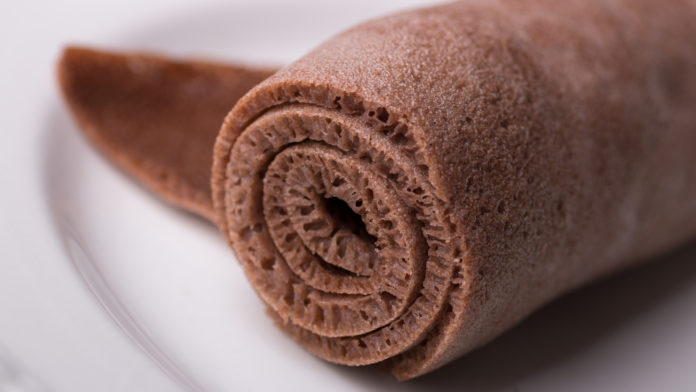Ethiopian food is one of the world’s most fascinating and delicious cuisines, full of interesting ingredients and flavors that excite. Injera is the staple food of Ethiopia, a sort of spongy bread made with teff flour which is served with meat and vegetable dishes and serves as both a food and a utensil.
While you might have heard of injera bread before, there are some secrets that most aren’t aware of when it comes to this Ethiopian staple.
It’s Gluten-Free
While most bread contains gluten, one huge advantage of injera is that it does not contain this ingredient which causes food allergies for so many people. Teff, the grain used to make injera bread, does not have any gluten in it which makes it a great option for people with gluten sensitivities.
It Naturally Soaks Up Juices
The strange, spongy texture of injera might seem a bit odd at first, but you will quickly learn that it has one big benefit. Injera bread soaks up the sauces and juices in which foods are cooked, making them retain and inherit those big flavors which define Ethiopian cuisine.
It’s Full of Protein
Bread is not a food that people often associate with protein, but injera actually contains a big dose of protein that anyone looking to increase their intake of this crucial nutrient will find beneficial. In just one piece of injera, you’ll find about 3 grams of protein.







